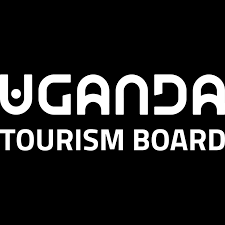How Tourism Saves Mountain Gorillas?
Gorilla Trekking And Conservation Efforts
Imaging walking through a misty African rainforest jungle, the air fresh and cool, alive with birdsong. You push through thick foliage when suddenly, just a few steps ahead, a family of mountain gorillas appears. A silverback watches you calmly while playful youngsters tumble in the grass. Their deep brown eyes meet yours — intelligent, curious, almost human. Your heart races. In that moment, you are not just a visitor — you are a witness to one of the rarest wildlife encounters on Earth.
Not long ago, mountain gorillas were on the very edge of extinction. Fewer than 800 remained, and their future looked bleak. But today, thanks to dedicated conservation efforts and responsible tourism, their numbers are slowly climbing.
A 2018 census counted 1,004 gorillas in the wild — a 25% increase since 2010. It is one of the most inspiring success stories in wildlife conservation, and the best part is you can be part of it.
Mountain gorillas live in only two places on Earth: Uganda’s Bwindi Impenetrable Forest National Park and the Virunga Massif, a chain of volcanic mountains that stretches across Uganda, Rwanda, and the Democratic Republic of Congo. Visiting these places isn’t just an adventure — it’s a direct way to protect one of the world’s most endangered animals.
Importance of Gorilla Conservation
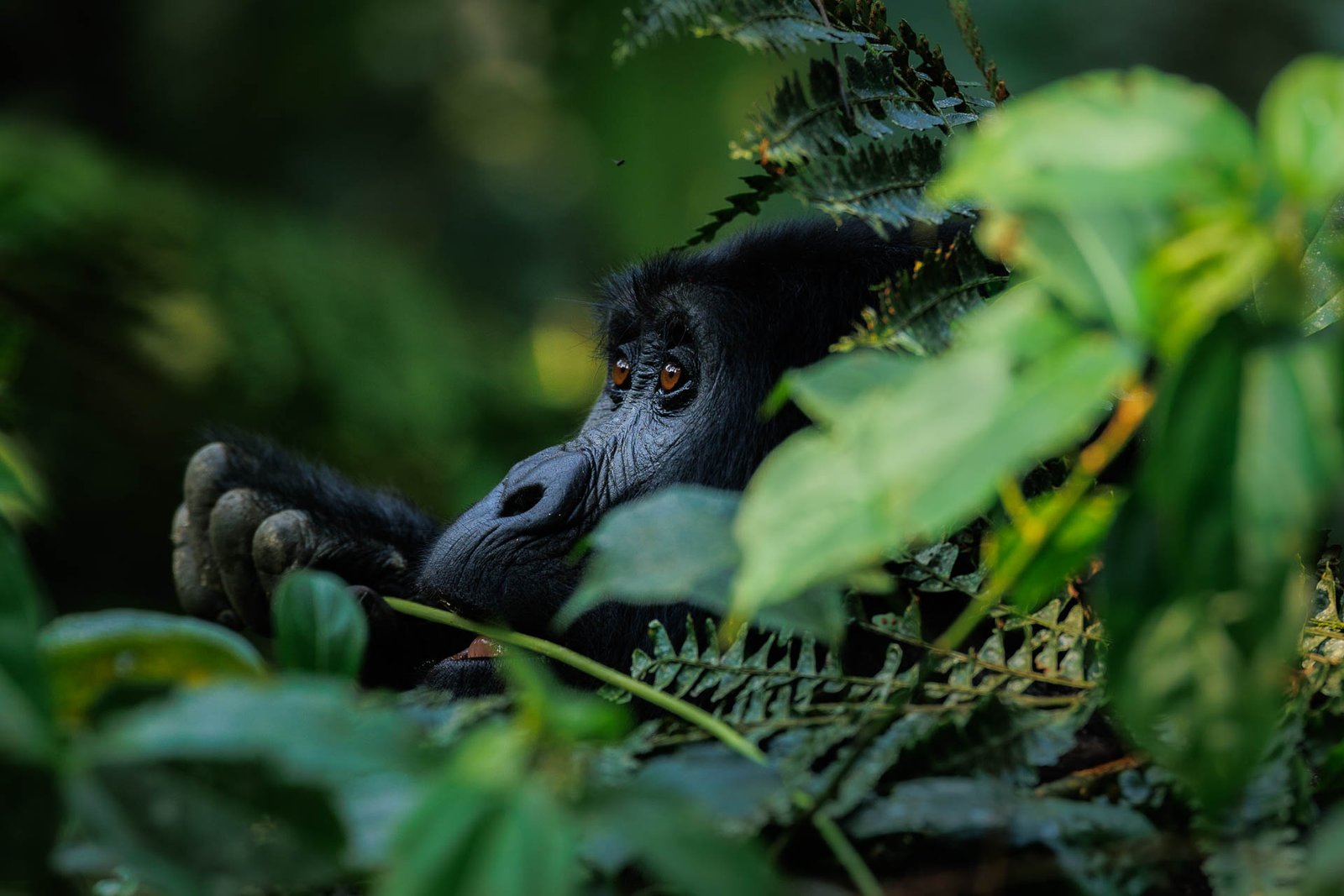
With just over 1,000 mountain gorillas left in the wild, every single one matters. Without strong protection, these gentle giants could vanish forever.
One of the best ways to help is by going on a gorilla trekking adventure. Trekking is not only thrilling — it funds conservation efforts that keep gorillas safe. Your permit fees go toward protecting their forest home, paying rangers, and funding research to make sure their population keeps growing.
When you trek, you are not just seeing gorillas — you are joining the fight to save them. Every step you take in the misty jungle is helping secure a future where mountain gorillas can thrive.
Financial Support through Tourism
Gorilla trekking tourism is the lifeline of gorilla conservation. Most of the money from gorilla trekking permits goes straight back into protecting the gorillas.
It funds ranger patrols, anti-poaching operations, and forest maintenance. Without tourism, there would be little money to pay rangers or keep the forests safe. By visiting, you are not just having an unforgettable adventure — you are keeping a whole conservation system alive.
Community Involvement
The people who live near gorilla habitats are the guardians of the forest — and tourism gives them a reason to protect it. When tourists hire local guides and porters, stay in locally owned lodges, or support schools and clinics near the parks, they help families earn a living from conservation.
In Bwindi, for example, projects like Ride 4 a Woman support local women by creating jobs, and community hospitals are partly funded by trekking revenue.
In Rwanda, villages near Volcanoes National Park receive a share of park fees, which has reduced poaching dramatically. When local people benefit, they see gorillas as a valuable treasure, not a threat. This partnership between communities and conservation is one of the main reasons mountain gorilla numbers are rising.
Anti-Poaching Measures
Poaching was once the greatest threat to mountain gorillas. Snares set for antelopes or bush pigs often injured or killed gorillas. Today, anti-poaching teams work day and night to patrol the forest, remove traps, and stop illegal hunting. Your trekking fees pay the salaries of these brave rangers. Every time you visit, you help make sure poachers stay out and gorillas stay safe.
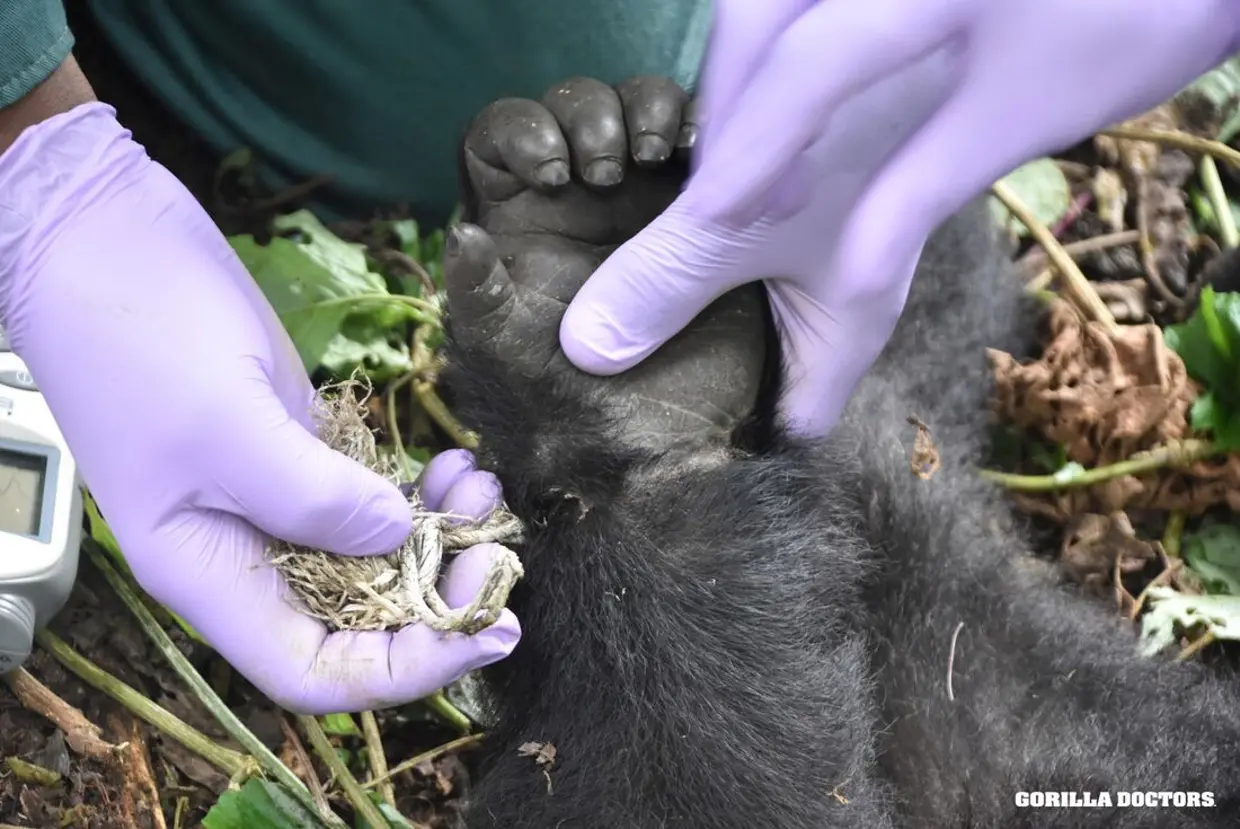
Research and Monitoring
Every gorilla family in Uganda and Rwanda is monitored daily. Rangers and researchers know where they are, how they are behaving, and whether they are healthy.
This information is priceless. It allows conservationists to act quickly if a gorilla is injured or sick and to keep populations balanced and healthy. The money from your permit helps fund this work, meaning that every trek supports science that is saving gorillas for the future.
Gorilla Habitat Preservation
Mountain gorillas need large, unbroken forests to survive.
Unfortunately, farming and logging threaten their home. Tourism revenue is used to buy land around the parks, create buffer zones, and restore areas that were previously cleared.
This work is giving gorillas more room to roam, more food to eat, and a safer place to raise their babies. When you visit, you are helping keep these forests alive — not just for gorillas, but for hundreds of other species that share their home.
Health Initiatives
Mountain gorillas are some of our closest relatives, sharing around 98% of our DNA. This makes them fascinating to observe—but it also means they can catch many of the same illnesses we get. Even a simple cold or flu can be dangerous for them.
To keep gorillas safe, veterinarians and park rangers regularly check their health and provide treatment when needed. Tourists also play a big role in protecting gorillas. Before trekking, visitors are asked to wash their hands, wear masks when necessary, and skip the trek if they are sick.
These precautions help stop the spread of disease and keep gorillas healthy. By following these simple rules, every visitor becomes a protector of one of our closest living relatives.
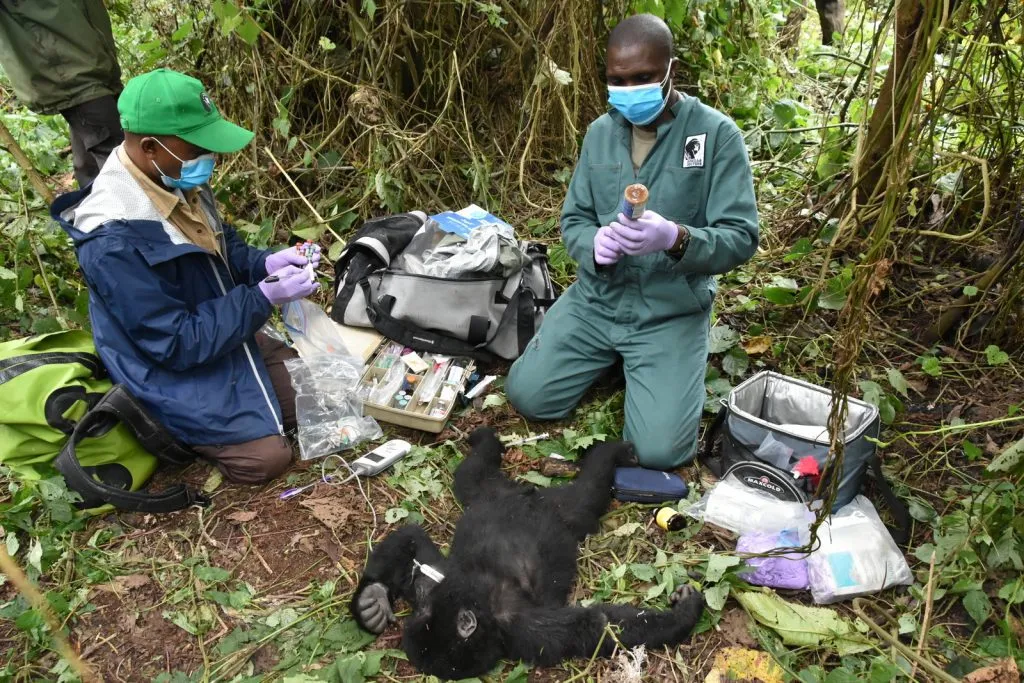
Raising Awareness
A gorilla trekking adventure doesn’t end when you leave the forest — it stays with you forever. Travelers who meet gorillas often go home and share their stories, photos, and videos with friends and family.
They inspire others to care about gorilla conservation and to visit the mountain gorillas.
This ripple effect is powerful. The more people who know about mountain gorillas, the more global support there is for protecting them. Every visitor becomes a voice for these animals, helping to ensure they will be around for generations to come.
Be Part of the Story
Mountain gorillas are one of the greatest conservation success stories of our time — but their future is still fragile. Your visit helps protect them, supports local communities, and keeps the forest standing.
If you have ever dreamed of meeting these gentle giants, now is the perfect time.
A gorilla trek is more than just a trip — it’s your chance to be part of history, to stand face-to-face with one of our closest relatives, and to help save a species from extinction.
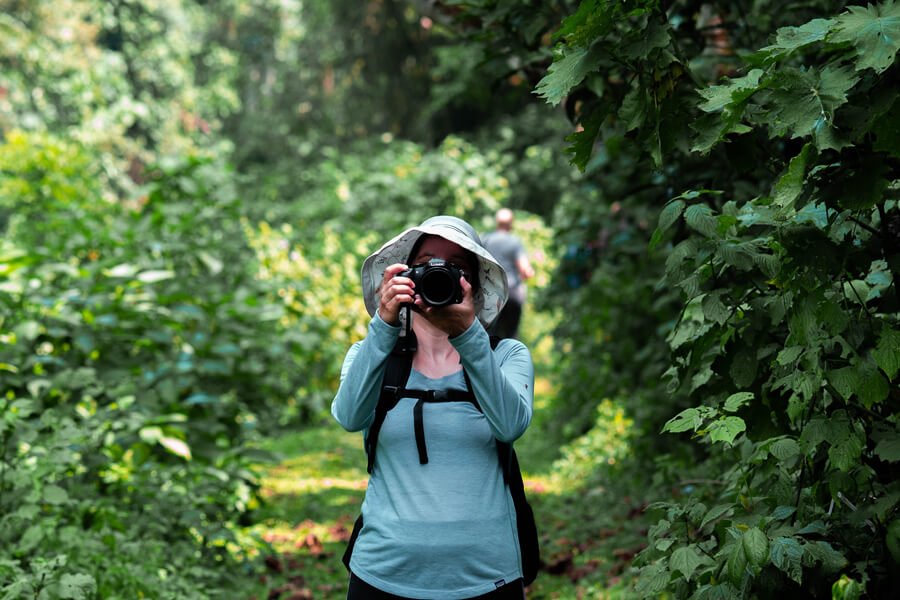
Gorilla Trekking Safaris
Below are some of our carefully designed gorilla trekking safaris. Each one is led by expert local guides who know the forests and the gorilla families well.
We partner with eco-friendly lodges and community projects to make sure that every trek benefits conservation and the people who live near gorilla habitats.
Whether you choose the misty hills of Bwindi in Uganda or the volcanic slopes of Rwanda’s Volcanoes National Park, you’ll enjoy a safe, respectful, and truly life-changing experience.
Our Trusted Partners
